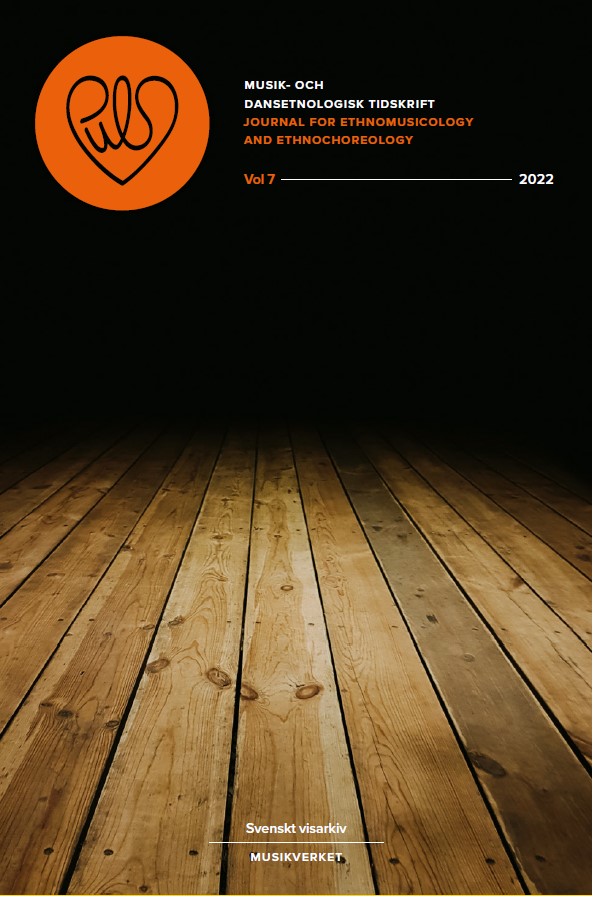In Search for New and Old Sounds
Creative Shifts and Musical Mobilities within the Folk Music Movement in 1960s and 1970s Sweden
DOI:
https://doi.org/10.62779/puls.v7i.19258Keywords:
Folk Music, Shifts, Mobilities, Authenticity, the Alternative Music Movement, Spelmän, Balalaikas, Revival, TraditionAbstract
Music has the capacity to evoke strong senses of belonging, place and identity. Especially in times of societal change music seems to become an important vehicle for individual and collective action. The new interest in folk music that swept over the Global North in the late 1960s and early 1970s particularly actualises these issues. It was a movement directed towards the revitalisation of local and regional folk music traditions, as well as an interest in folk music from different parts of the world. This article explores the intersections of these approaches. It investigates two musical initiatives where the musicians engaged in different ways with new repertoires, instruments and sound worlds. The first case is a female duo that performs Swedish traditional music from the region of Småland in Sweden, and the second a balalaika orchestra in Sweden, playing traditional music from Russia, Georgia and Ukraine. By adding a lens of mobility to previous research, using the notion of shifts coined by ethnologist Owe Ronström, the study follows the creative pathways of the performers engaged in these music groups. It investigates how folk music was enacted in performances and in contemporary discourses by combining analyses of archival material such as scrap books, reviews and recorded interviews with new multi-sited fieldwork. The study shows how the performers’ pathways were entangled with shifts in folk music aesthetics, shaping individual and collective stories in their search for authenticities, which point towards transnational belongings and a wish for creating better futures together.



